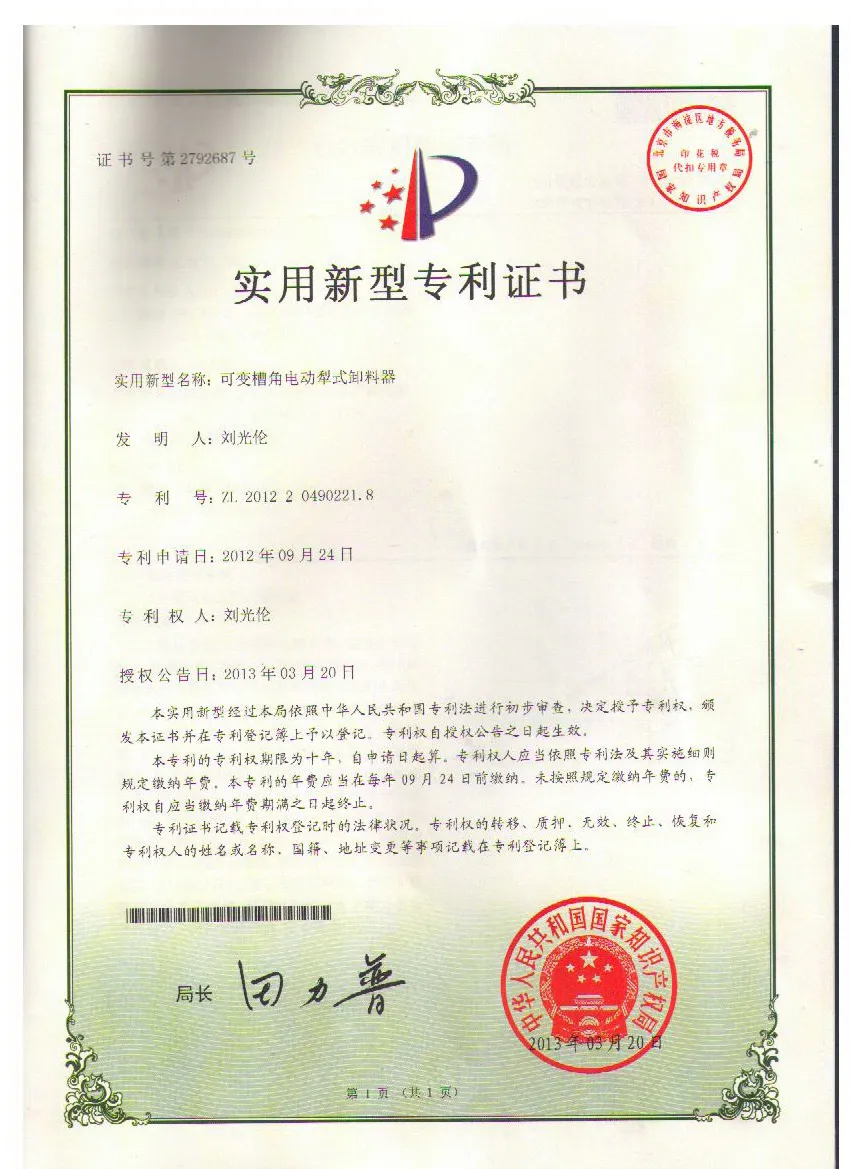 Afrikaans
Afrikaans  Albanian
Albanian  Amharic
Amharic  Arabic
Arabic  Armenian
Armenian  Azerbaijani
Azerbaijani  Basque
Basque  Belarusian
Belarusian  Bengali
Bengali  Bosnian
Bosnian  Bulgarian
Bulgarian  Catalan
Catalan  Cebuano
Cebuano  Corsican
Corsican  Croatian
Croatian  Czech
Czech  Danish
Danish  Dutch
Dutch  English
English  Esperanto
Esperanto  Estonian
Estonian  Finnish
Finnish  French
French  Frisian
Frisian  Galician
Galician  Georgian
Georgian  German
German  Greek
Greek  Gujarati
Gujarati  Haitian Creole
Haitian Creole  hausa
hausa  hawaiian
hawaiian  Hebrew
Hebrew  Hindi
Hindi  Miao
Miao  Hungarian
Hungarian  Icelandic
Icelandic  igbo
igbo  Indonesian
Indonesian  irish
irish  Italian
Italian  Japanese
Japanese  Javanese
Javanese  Kannada
Kannada  kazakh
kazakh  Khmer
Khmer  Rwandese
Rwandese  Korean
Korean  Kurdish
Kurdish  Kyrgyz
Kyrgyz  Lao
Lao  Latin
Latin  Latvian
Latvian  Lithuanian
Lithuanian  Luxembourgish
Luxembourgish  Macedonian
Macedonian  Malgashi
Malgashi  Malay
Malay  Malayalam
Malayalam  Maltese
Maltese  Maori
Maori  Marathi
Marathi  Mongolian
Mongolian  Myanmar
Myanmar  Nepali
Nepali  Norwegian
Norwegian  Norwegian
Norwegian  Occitan
Occitan  Pashto
Pashto  Persian
Persian  Polish
Polish  Portuguese
Portuguese  Punjabi
Punjabi  Romanian
Romanian  Russian
Russian  Samoan
Samoan  Scottish Gaelic
Scottish Gaelic  Serbian
Serbian  Sesotho
Sesotho  Shona
Shona  Sindhi
Sindhi  Sinhala
Sinhala  Slovak
Slovak  Slovenian
Slovenian  Somali
Somali  Spanish
Spanish  Sundanese
Sundanese  Swahili
Swahili  Swedish
Swedish  Tagalog
Tagalog  Tajik
Tajik  Tamil
Tamil  Tatar
Tatar  Telugu
Telugu  Thai
Thai  Turkish
Turkish  Turkmen
Turkmen  Ukrainian
Ukrainian  Urdu
Urdu  Uighur
Uighur  Uzbek
Uzbek  Vietnamese
Vietnamese  Welsh
Welsh  Bantu
Bantu  Yiddish
Yiddish  Yoruba
Yoruba  Zulu
Zulu Different Types of Conveyor Idlers for Optimal Belt Performance
Understanding Conveyor Idler Types A Comprehensive Guide
Conveyor systems are integral to various industries, including mining, manufacturing, and logistics. The efficiency and reliability of these systems often hinge on one critical component the conveyor idler. Conveyor idlers are cylindrical rollers that support the conveyor belt and assist in the smooth and efficient movement of materials. Given their importance, understanding the different types of conveyor idlers is crucial for optimizing performance and maintenance. In this article, we will explore the main types of conveyor idlers, their applications, and the factors to consider when selecting the right idler for your conveyor system.
1. Types of Conveyor Idlers
A. Impact Idlers Impact idlers are specifically designed to absorb the impact energy when materials are loaded onto the conveyor belt. They are usually placed at loading points and consist of heavy-duty rollers that can withstand significant shock forces. The cushioning effect of impact idlers helps in prolonging the lifespan of the conveyor belt and reducing wear on other components.
B. Trough Idlers Trough idlers are perhaps the most common type used in conveyor systems. These idlers are designed to hold the belt in a trough shape, which helps to contain the materials being transported. Trough idlers can be found in various configurations, such as 20, 35, or 45-degree troughing angles, depending on the application requirements. They provide excellent support for the conveyor belt and are effective in minimizing spillage.
C. Return Idlers As the name suggests, return idlers are located on the return side of the conveyor belt, supporting it as it returns to the loading point. These idlers are essential for maintaining belt alignment and preventing excessive sagging. Return idlers typically have a flatter profile compared to other idler types, which aids in reducing friction and energy consumption.
D. Adjustable Idlers Adjustable idlers offer flexibility in installation by allowing the angle and height of the idler to be modified. This adaptability makes them suitable for various conveyor layouts and material types. In particular, adjustable idlers can help in addressing alignment issues in the conveyor belt, leading to smoother operation and less wear on the system.
E. Self-Aligning Idlers Self-aligning idlers serve a vital purpose in ensuring the conveyor belt remains centered. These idlers are equipped with a rotating mechanism that allows them to adjust automatically as the belt moves, thus preventing belt misalignment. The use of self-aligning idlers is particularly beneficial in harsh operating conditions where traditional fixed idlers may struggle to maintain proper alignment.
2. Applications of Conveyor Idlers
Conveyor idlers are utilized across a wide array of industries. In the mining sector, heavy-duty idlers are essential for transporting bulk materials like coal, ores, and aggregates. In manufacturing, lighter idlers are used for moving products along assembly lines. Similarly, in logistics, idlers play a crucial role in sorting and distributing packages efficiently.
conveyor idler types

3. Factors to Consider When Selecting Conveyor Idlers
Choosing the right type of conveyor idler involves several considerations
- Load Capacity Determine the amount and type of material the conveyor will transport. Idlers must be able to support the load without failing.
- Environmental Conditions Consider the operating environment, including temperature, humidity, and exposure to chemicals. This will influence the material and design of the idler.
- Belt Width and Speed The width and speed of the conveyor belt impact idler selection. Idlers must match these parameters to ensure efficient operation.
- Maintenance Requirements Different idlers have varying maintenance needs. Opt for designs that allow for easier access and maintenance routines.
- Cost vs. Durability While the upfront cost is important, it’s also necessary to evaluate the long-term durability and performance of the idlers. Sometimes, investing in a high-quality idler can lead to savings in maintenance and replacement costs over time.
Conclusion
Conveyor idlers are essential components of effective conveyor systems, directly impacting performance and maintenance. By understanding the different types of idlers and their applications, along with the factors to consider for selection, businesses can enhance their material handling processes, leading to improved productivity and reduced operational costs. Whether for mining, manufacturing, or logistics, correctly chosen conveyor idlers will ensure smooth and efficient transportation of materials, ultimately benefiting the entire operation.
-
Trusted Conveyor Solutions from Leading Conveyor Idler Roller ManufacturersNewsJun.27,2025
-
Reliable Return Idler Solutions for Efficient Belt Conveyor SystemsNewsJun.27,2025
-
Precision Conveyor Accessories for Streamlined Material HandlingNewsJun.27,2025
-
High-Quality Belt Conveyor Idler Solutions for Efficient Material HandlingNewsJun.27,2025
-
High-Performance Belt Conveyor Pulleys for Reliable Material HandlingNewsJun.27,2025
-
Enhancing Material Handling EfficiencyNewsJun.27,2025





























